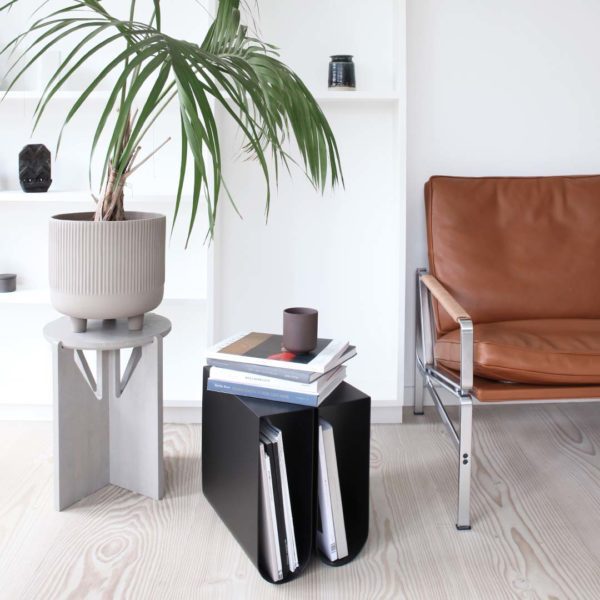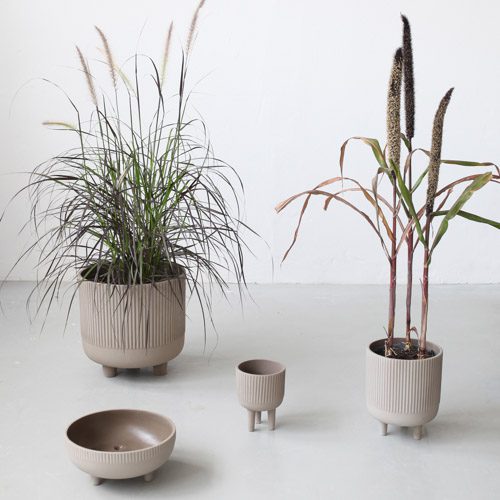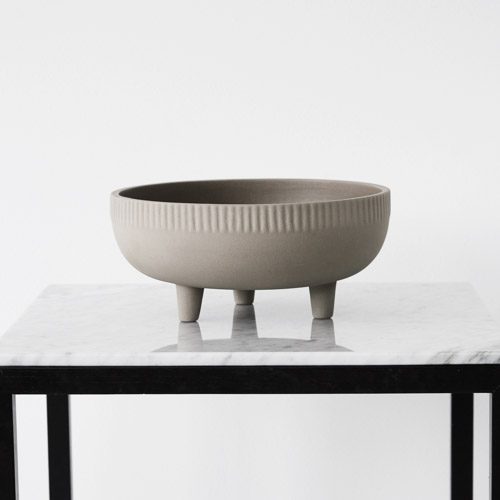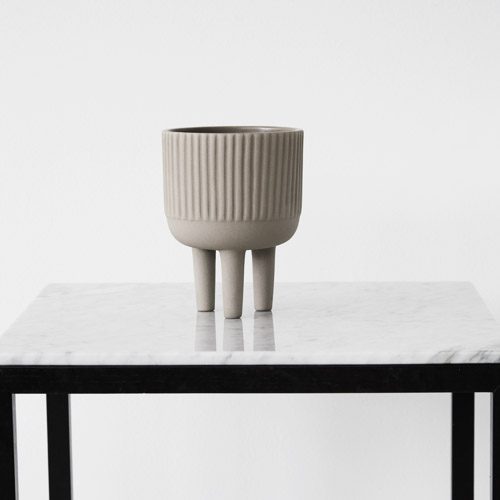As a plant owner, it’s important you keep your green friends hydrated and healthy. But how do you know when it’s time to water your houseplants? Fear not, dear plant parent! In this post, we’ll explore 5 really easy techniques for determining when your indoor plant babies need a watering. From the finger test to the listen test, these houseplant watering tips will help you keep your precious plants hydrated and thriving. By paying attention to your plant’s specific watering needs and avoiding common mistakes like overwatering or underwatering, you’ll be well on your way to becoming a houseplant care pro.
The Finger Test is Your First Port Of Call
This is the simplest way to check your plant’s moisture levels. Stick your finger about two or three cm’s into the soil – if it feels dry, it’s time to water. If it feels moist, your plant is good to go for a little while longer. This method works well for most types of houseplants, as it allows you to feel the moisture levels in the soil directly. Pro-tip: Be sure to clean your hands before sticking them in the soil to avoid introducing any unwanted bacteria or pests.
A Quick Lift Can Share Your Plant’s Hydration
If your plant is in a pot, try picking it up to see if it feels light. A light pot usually means the soil has dried out and the plant could do with a bit of a drink. On the other hand, a heavy pot means the soil is still moist and your plant is good to go. This method is especially useful for plants that are difficult to stick your finger into, such as those with spiky leaves or thorns.
Try the Tug Test to Check Your Plant’s Perkiness
This one is especially useful for plants with long, trailing stems, like a pothos or a string of pearls. Gently tug on a stem to see if it’s still perky and upright. If it’s starting to droop, it’s a sign your plant could use some water. This method is a quick and easy way to check your plant’s hydration levels, and it’s also a fun way to show your plant some love by giving it a little “tug.” Just be sure to handle your plant gently and avoid pulling too hard to avoid damaging the stem or leaves.
Open Your Eyes & Perform A Visual Test
Take a look at your plant’s leaves. Are they looking a little wilted or droopy? This could be a sign that it’s parched. However, if your plant’s leaves are looking plump and vibrant, it’s probably hydrated and happy. This method also presents a good opportunity to give your plant a thorough inspection to look for any other signs of stress or illness. And if you’re forricking amongst branches and stems of bushy leaves, remember to be gentle.
Try The (Slightly, Ok Very Silly) Listen Test
Okay, this one might be a little bit of a stretch, but it’s still worth a try! Place your ear close to the soil and listen for any faint crunching or cracking sounds. If you hear them, it’s a good indication the soil is dry and your plant needs water. Perhaps best as a last resort 😉
A Quick Word Of Caution: The Consequences of Overwatering or Underwatering Your Houseplants
It’s important to water your houseplants consistently to keep them healthy, but it’s also important to avoid overwatering or underwatering them. Overwatering can lead to root rot, which can be fatal for your plant. On the other hand, underwatering can cause your plant’s leaves to wilt and its growth to slow down. By using the techniques described above, you can ensure that your plant is getting the right amount of water to thrive.
Keep Your Houseplants Hydrated and Happy with These 5 Fun Techniques
By using these 5 fun and easy techniques, you’ll be able to tell when your houseplants need watering and keep them hydrated and happy. Remember to pay attention to your plant’s specific watering needs, as different plants have different requirements. And above all, have fun and enjoy the process of caring for your green friends! If you’re looking for more guidance on plant hydration, be sure to check out the additional resources listed below. From tips on avoiding overwatering or underwatering to more general advice on how to water houseplants, these resources will provide you with all the information you need to keep your plants healthy and thriving.
Further Reading: Expert Tips and Tricks for Watering & Caring For Houseplants
For those who are looking for more information on the topic of watering houseplants, we’ve compiled a list of additional reading and resources below. These articles, guides, and studies offer a wealth of knowledge on everything from how to water houseplants to the consequences of overwatering or underwatering. Whether you’re a seasoned plant parent or a beginner looking to expand your plant care knowledge, these resources are sure to be helpful. So go ahead and dive in – your plants (and your green thumb) will thank you!
Houseplant Care Guide – Almanac
Root Rot: How To Identify, Treat & Prevent It – Epic Gardening
How To Increase Humidity for Houseplants – The Sill
How To Care For Plants While You’re Away – Bloomscape






